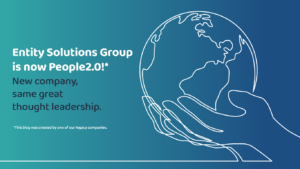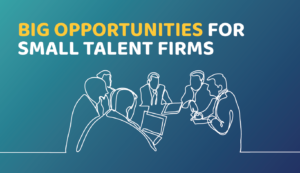Throughout the mining boom, there was much talk about Australia’s two-speed economy. The idea that one portion of the economy was thriving while another declined was hard to deny, especially when, in 2012, the Australian Bureau of Statistics pointed out that sales growth across our mining states was five times that of the rest of Australia.
Mining slowdown contrasted by growth in other sectorss
Mining has now slowed and the question of performance is more complex. Instead of two speeds, we’re seeing a multi-speed economy, with the construction industry growing strongly while, at the same time, the performance of the services sector has deteriorated. Deloitte’s report Positioning for prosperity? Catching the next wave predicts that the five sectors to experience steady incremental growth over the next 10-20 years will include agribusiness, gas, tourism, international education and wealth management. Collectively, these five sectors have the potential to plug the gap as the mining boom recedes.
As a result of the multi-speed economy, in 2014 businesses showed a marked apathy towards large investment decision-making. While Australia has staved off recession for over two decades, there is no denying we are in an economic slowdown, with recent figures indicating GDP growth slowed to just 0.5% in the last quarter of 2014. With these conditions expected to continue well into 2015, many organisations adopt a “wait and see” approach to anything requiring additional financial risk.
Contingent workers: The key to navigating lulls
Contingent workers (those work is characterised by non-permanent contract arrangements) have long been engaged by organisations looking for scalable technical expertise on demand. However just as the global workforce landscape has rapidly evolved from what it once was, contingent workers have developed and grown to be more than simply a gun for hire. According to research by Oxford Economics, 3 of the top 5 labour market shifts affecting workforce strategy are increasing number of contingent employees (37%), increasing number of intermittent employees (37%) and changing work models (35%). 85% of Australian organisations were also seen to be increasingly using contingent, intermittent, seasonal, or consultant employees to help rebound amidst economic uncertainty, indicating this is no passing trend. Contingent work will continue to grow as a crucial mode of engagement to support businesses and individuals craving flexibility alike.
In our multi-speed economy, the freedom to bring in new skills, to ‘staff up’ or down as demand requires, is extraordinarily attractive and very powerful.
So how do you do best implement a scalable workforce that supports sustainability during current competitive and uncertain times, and safeguards your business’ future?
Step one: Go back to the drawing board
The first step is to go back to the beginning and consider your business as a start-up. If your customer base, products and services were to remain but you could replan your workforce from scratch, how would it be structured? What would be the ideal organisational chart to support the goals of the business? Would departments, reporting lines and hierarchy change? Which roles would ultimately be indispensable to the organisation and which could be considered project-based?
Step two: Conduct a workforce audit
Once you have freed yourself of the standard expectation that all roles must be permanent, you can begin to rewrite your organisational chart to best meet business objectives. This will require an audit of your current workforce. As simple as it sounds someone relatively impartial, but with a deep understanding of the business agenda, needs to physically count heads, substantiate their engagement structures and calculate the risk of any staffing changes.
Step three: Identify and look into correcting discrepancies
Line up and compare your dream organisation chart with your workforce audit results and your current organisational chart. This exercise will highlight areas of the business that are not operating at optimal capacity. From this point you have the potential to uncover misalignment, inefficiency and substantial money wastage. Most importantly it is a starting point to the process of realigning your structure with your strategy.
It’s a huge task but one that is fundamental to building your workforce to navigate a multi-speed economy and protect it for the future. There are low cost workforce solutions businesses that can help you navigate this. If you are interested in exploring how to integrate contingent workforce solutions into your workforce, contact Entity Solutions.

Infographic: Independent Contractor or Employee?
Discover basic differences between contractors and employees with People2.0’s infographic overview.


